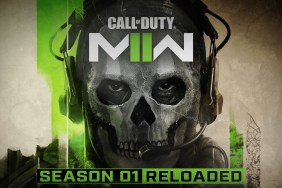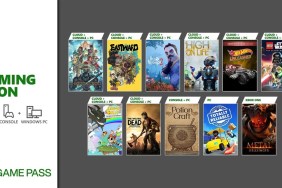Forecast calls for rain, so move your village.
Once, there was a Genie. But not like that happy blue guy from Aladdin – this Genie doesn’t do impersonations or sing sweet songs about friendship. This Genie’s first name is Dark, and he’s one evil mother. The “Dark” Genie gets his jollies from destroying humanity, plundering the world of happiness, and long, intimate walks on…
-
Randomized dungeons
-
Weapons creation system
-
Logic-based world creation
-
Fun
-
Ho-hum story and characters
-
Weird rhythm based battles
-
Bland presentation
-
Derivative











